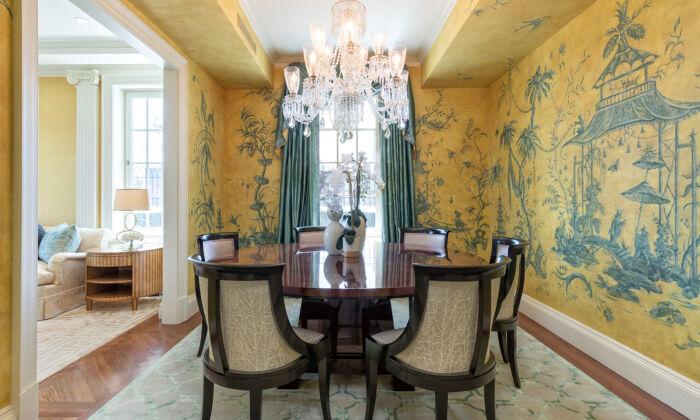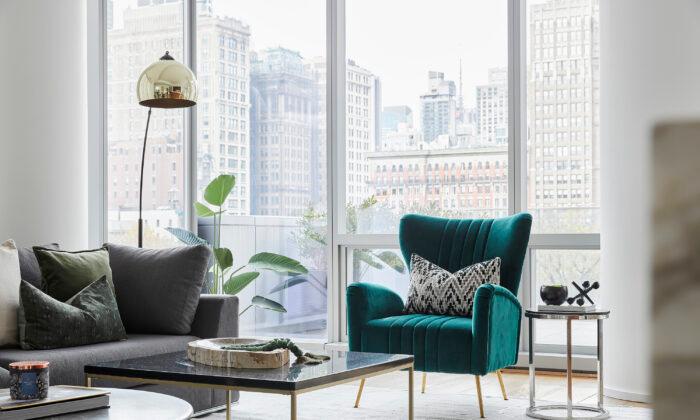
When it comes to staging, a fresh coat of paint is one of the simplest ways to add new life to a home. It’s also extremely economical, and can make a world of difference.
Just as important as a new coat of paint though, is finding a color that will help to show your home in the best possible light. This means updating with fresh, neutral colors –and steering away from tones that are bright or dark.
While a single accent wall in a vibrant color can help to add tremendously to the character of some rooms, as a general rule of thumb, many rooms will benefit the most from neutrals. It’s usually best to avoid colors that may be controversial, and will divide potential buyers in their opinions. Instead, try to choose colors that have a universal appeal.
Here are five wall colors that you may want to avoid when staging your home.
Red
Red is vibrant, and many love it. But for some, this color is too overpowering, and in many homes –red just doesn’t work. Red also tends to appear badly in real estate photos.
Hunter Green
While popular with some, hunter green is another bold color that will not be in line with everyone’s tastes. It’s usually best to keep limit this shade to accessories, instead of the walls.
Fuchsia
Fuchsia is beloved by many, but the dynamic and overwhelming color of fuchsia will drive some potential buyers away.
Bright White
White is a great choice for most rooms, but it may be best to opt for a subdued shade of white, rather than a brilliant white. While some rooms, like kitchens, can benefit from pure white, often pure white can cause a room to appear sterile, and unwelcoming.
Black
Black can make a great statement in a room, but be careful: deep, dark shades can cause a room to look small and confined. If you want black, be sure to paint it in a room that’s bigger, and accessorize with plenty of silver or gold accents, as well as mirrors, which will help to reflect the light.
Accessorizing with splashes of color is often a better strategy than painting an entire room in a vibrant shade.
When staging a home, remember that dark colors make rooms seem smaller, and bright colors may not be in line with everyone’s tastes. Opting for colors that have mass appeal and choosing colors and design details that will help the rooms to appear open, attractive, and welcoming is the best approach when choosing colors and accents for the home.
Don’t forget to LIKE Cathy Hobbs, Interior Designer on FACEBOOK, and Follow Design Recipes on TWITTER for design tips and inspiration.
Top Image: www.wayfair.com
Original Post: Cathy Hobbs Design Recipes





Friends Read Free